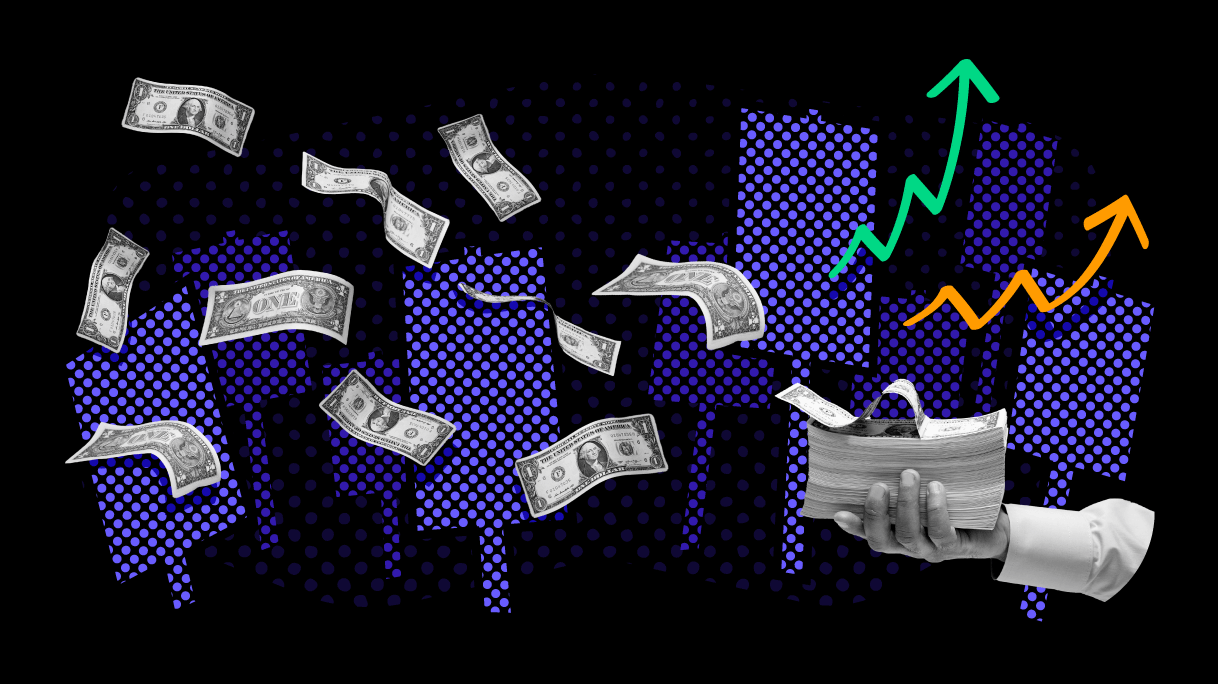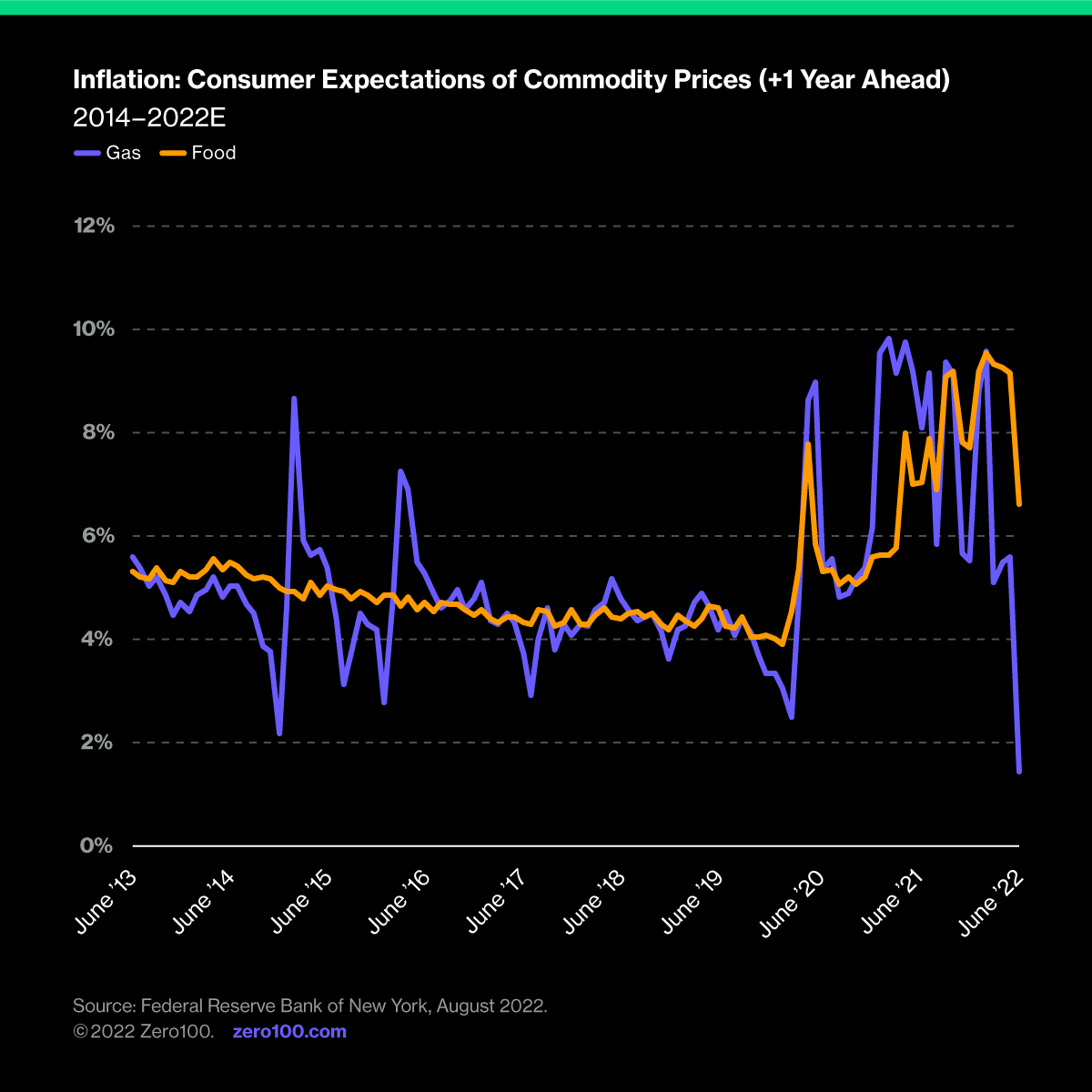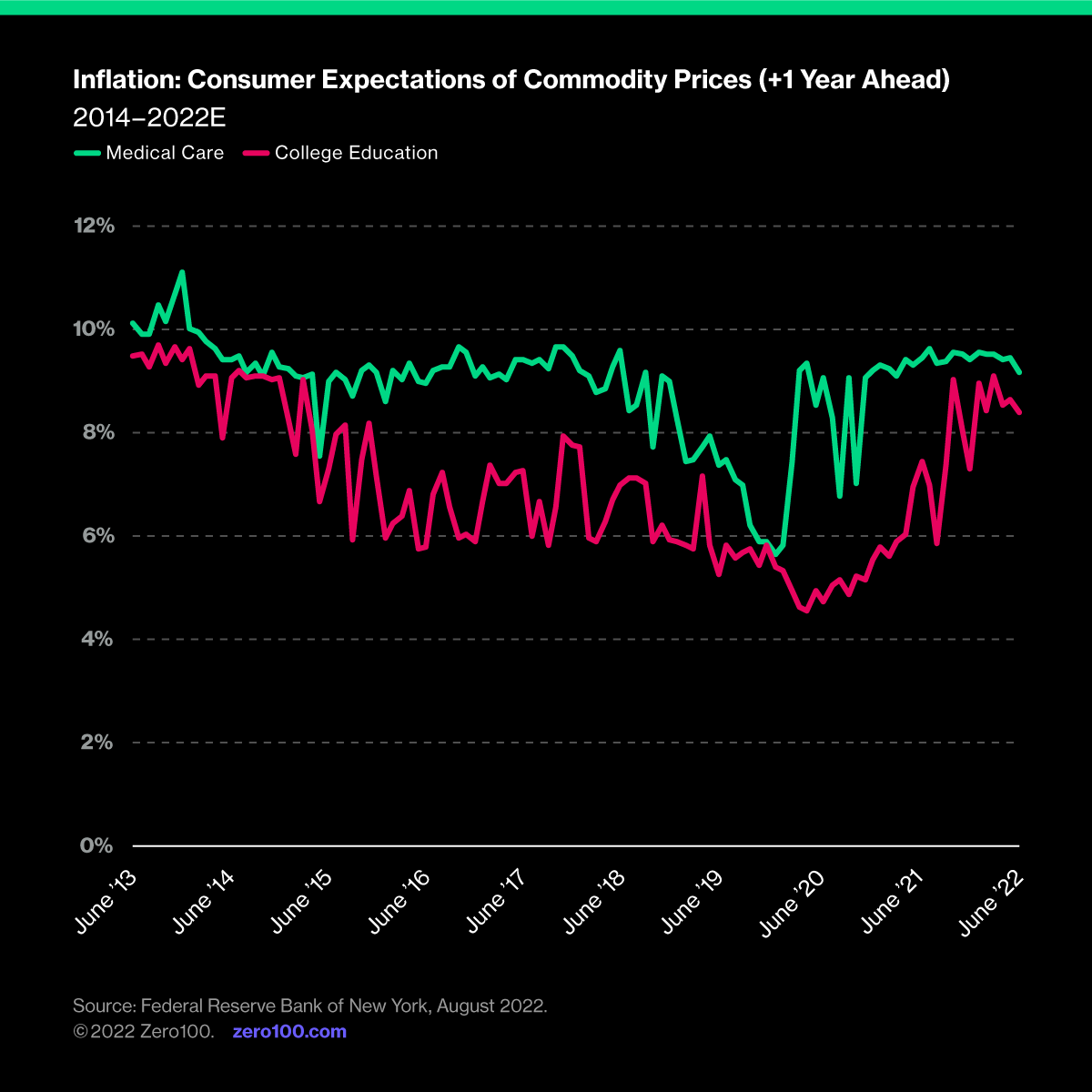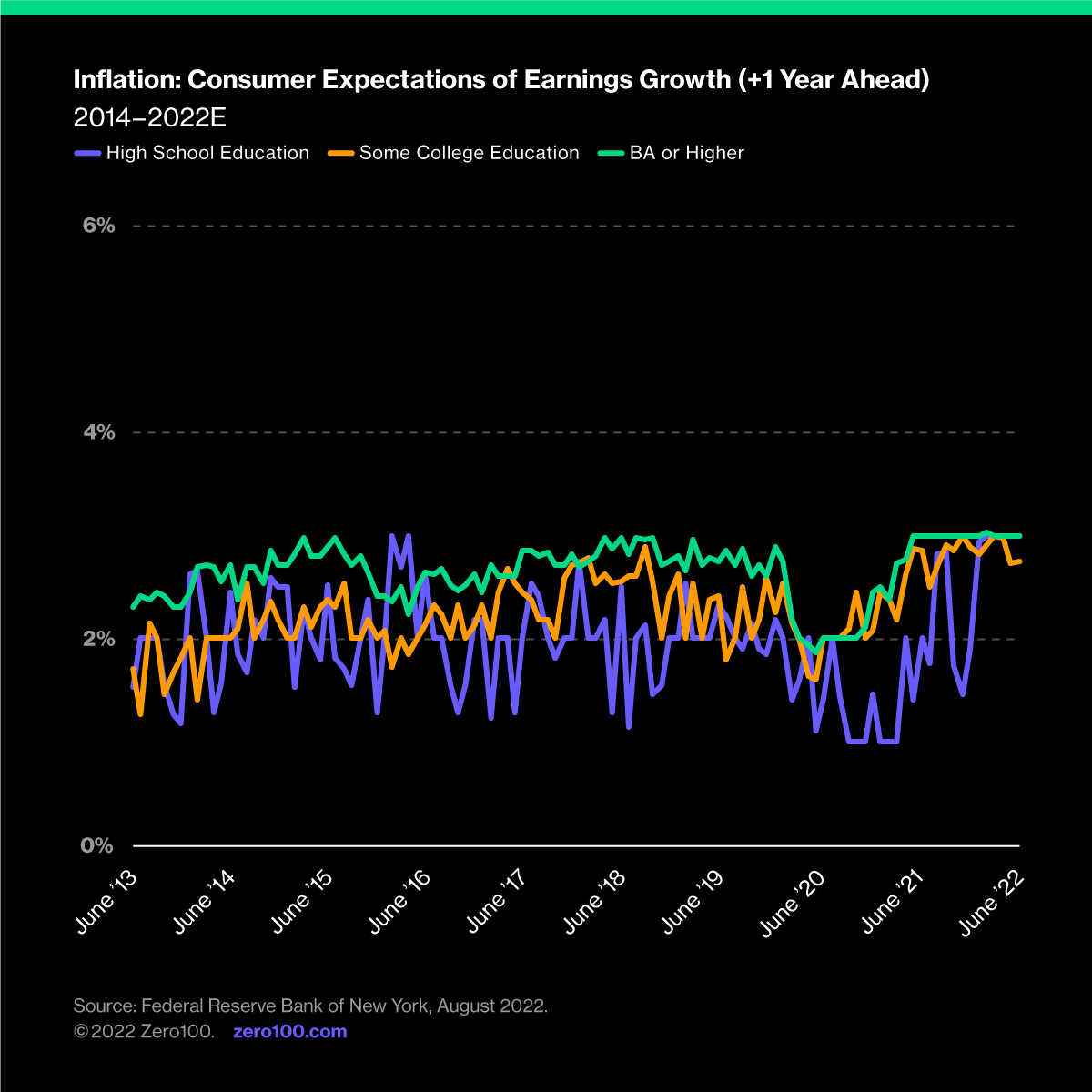
Inflation 2022 is a One-Time Demand for Higher Pay
As the latest CPI report signals a slight dip in inflation, Kevin O’Marah highlights the decision by which operations leaders must address persistent labor shortages coupled with higher wage expectations.
This week's CPI reversal, small as it is, reflects a reality better known by truck drivers and restaurant servers than economists: People are finally starting to get paid a respectful amount for their work. For employers, especially supply chain leaders who often hire thousands of unskilled workers, the best move may be to lean into the moment and offer 50-100% higher wages rather than a measly 10-20%. You'll get more and better applicants for the present and accelerate your move to automation for the future.
COVID Changed Everything
The evident cause of inflation is too much free money. One of every three dollars in circulation now was printed since COVID hit, and all those stimulus payments, backed by eviction moratoriums, juiced the demand for goods while lockdowns throttled supply.
But it's not that simple. COVID also injected a new sense of power, justice, and above all, choice that is keeping people away from low-paid, under-appreciated jobs. Empowered by a de-facto worldwide strike, hourly workers everywhere saw that they and their lives were worth more than the market had been paying. They're staying home, or coming to work and forming unions, or working side hustles as Uber drivers or Amazon sellers. They are not flocking to your factory gates for an extra $2/hour.
This is Not 1979
When the inflation of 2022 is set against the inflation of the 1970s, the differences are huge and mostly reflect an explosion of choice available to consumers, workers and businesses. Back then we bought things through physical retail stores with limited selections. Now e-commerce offers an endless aisle of choices. Back then, we worked wherever we could find a job close to home, or we moved. Now we can work virtually, as employees or gig-workers. Back then, you had no choice but to fill up your gas guzzler with OPEC's finest. Now you can sometimes skip driving altogether.
All these choices make our lives richer, and that's good, but maybe the message to our policy makers is that recession isn't the best cure for inflation. It may be better to engineer our economy for a much higher basic wage level. This will raise prices at first, but with the 2022 version of digital technology helping to automate everything from grocery stores to warehouses, it will also accelerate the decline in robotics costs and bring an end to dead-end jobs.
Expectations Are Everything
The encouraging CPI numbers were preceded this week by a report from the New York Fed that showed people are already expecting trends in both prices and wages that align with this faster pivot to automation. The data says that people anticipate big drops in gasoline and food inflation, but little or no change in rent, healthcare, and education. In other words, people know they can work their way around higher prices on food and gasoline because they have choices. Perhaps they also know, or at least intuit, that the technology we've all come to know so well since the internet arrived has changed the way these industries work. Food and travel are both clearly sectors driven by digitally powered demand—think Shopify or Expedia.


Meanwhile, earnings growth expectations have never been higher for people with a high school education or less. Is it possible that those closest to the bottom are somehow aware of this one-time step change in pay that could lift the working poor out of poverty, and at the same time turbocharge automation with an even stronger ROI on capital equipment?
Not likely, but at least they can smell the money...

Pick Your Poison
Wages are rising. You can choose to:
A. Pay a bit more for low-skill labor to do the same work they've always done, or...
B. Splash out and start a virtuous circle replacing humans with machines in all the lousy jobs while upskilling all the good jobs to meaningful careers.
The good news is that customers expect higher prices and appear ready to use their e-commerce muscle to keep buying if you keep delivering. If you take the lead on paying more for these respect-starved workers, they will probably reward you with a faster return to growth.
Critical Reading
THE WALL STREET JOURNAL
Direct-to-Consumer Sales Are Fueling Supply-Chain Tech Growth
Commentary: Following the example of direct selling startup brands that thrived during the pandemic, like Allbirds and Peloton, companies are leaning on tech solutions to help them cut out wholesalers and third-party retailers, instead selling directly to consumers.
#tech #retail
RAILWAY AGE
California's First Dry Port Aims to Alleviate Supply Chain Issues
Commentary: The Mojave Inland Port, located 90 miles from the San Pedro Bay, will be fully operational in 2024. 3 million containers per year will be offloaded from ships on to shuttle trains and brought to Mojave for distribution.
#portcrisis #shipping
WORLD ECONOMIC FORUM
Meet the 'Climate Catalysts' Pressing Companies to Protect the Planet
Commentary: Heads up... they're not who you think. Middle-aged and older folks are avoiding companies that don't address climate issues, and are taking the lead on mobilizing change.
#ESG #sustainability